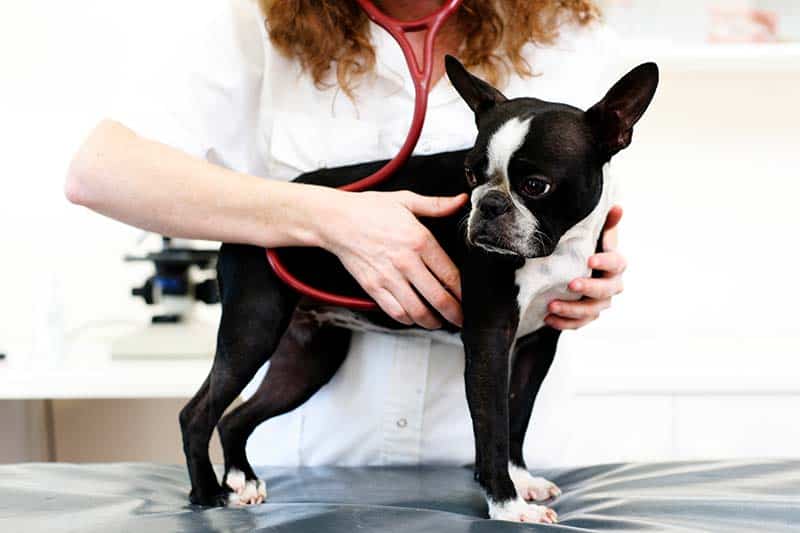Is There a Pet Emergency?

When it comes to our pets, knowing what is or is not an emergency situation can be difficult. Sometimes, it’s obvious, but in so many cases, the signs can be subtle and easy to miss. Understanding what constitutes a pet emergency is key when it comes to staying calm and acting quickly in times of trouble.
Warning Signs of a Pet Emergency
Some situations are always considered a pet emergency, no matter what time of day or night they may occur.
- Breathing problems – Any type of breathing difficulty, including choking or coughing uncontrollably, warrants an immediate trip to the veterinarian.
- Wounds – Bring your pet in for any type of bleeding from the nose or mouth or any bleeding that doesn’t stop within a few minutes.
- Trauma – Examples of trauma include being hit by a car, attacked by another animal (even if not bitten), or falling from any height. Even if there are no visible injuries, internal bleeding and trauma can quickly become life threatening.
- Eye injuries – Eye injuries can be extremely serious. Bring your pet in right away if you notice bleeding, swelling, or discharge around the eye.
- Elimination difficulties – Straining or inability to urinate or defecate, including not doing either for more than 12 hours, can be a sign of intestinal blockage or other medical emergency.
- Severe vomiting/diarrhea – Your pet should be seen by us if they’re vomiting, have diarrhea several times a day, or if these symptoms are accompanied by fever or lethargy.
- Pain – Signs of pain include limping, favoring one side, hunched over stance, difficulty standing or walking, extreme anxiety, and disorientation.
- Loss of appetite/thirst – Refusing to eat or drink for longer than 24 hours is a sign of health problems.
- Fever – Your pet should be seen by a veterinarian if they have a rectal temperature greater than 103 degrees Fahrenheit.
- Issues during labor – If a pet in labor has gone several hours without delivering a puppy or kitten, seek medical attention.
Attending all of your pet’s regularly scheduled wellness exams can help us diagnose and treat any problems early on, which decreases the likelihood of a pet emergency in the future!
Next Steps
Always use caution when handling your pet during an emergency. Even calm, friendly pets may bite or scratch when they’re sick or in pain, so it’s important to be gentle and to never compromise your own safety. Transporting your pet in a crate, box, or other enclosed area is often the safest, least stressful way to get them to the vet during an emergency situation.
Please don’t hesitate to contact the staff at Bowman Veterinary Hospital with additional questions or concerns. We’re always here to help!


